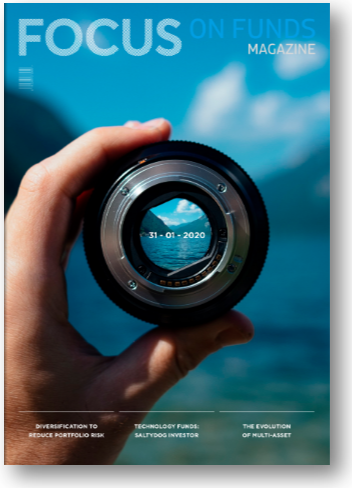Nov
2024
Investing Basics: Unit trusts vs OEICs
DIY Investor
9 November 2024
Investing basics: Mutual funds not only differ in the sectors or geographical territories they invest in, there are also different ways for them to be structured – by Jemima Reeves
Two of the most common types of fund are unit trusts and open-ended investment companies (OEICs); both are ‘open ended’ on the basis that the fund manager can create more units (like shares) at any time to meet investor need, and they share many traits, but also have important differences.
‘The major difference is that unit trusts quote a bid price (to redeem) and an offer price (when you buy)… OEICs only quote one price.’
In this way, they differ from investment trusts – which are closed-ended funds that issue a fixed number of non-redeemable shares.
Since 1997 when laws were introduced allowing the creation of OEICs, they have become much more common and most new fund launches adopt this structure; many unit trusts have converted to OEICs due to their relative simplicity and the fact they can be sold into different countries across Europe.
So, what’s the difference?
In many ways unit trusts and OEICs are the same; they are open-ended and the price of each unit (unit trust) or share (OEIC) depends on the net asset value (NAV) of the fund’s investment portfolio.
You can generally choose to have dividends paid to you as income or reinvested in the fund; both fund vehicles can invest in a wide range of asset classes, geographies and sectors.
Although of little concern to investors, a unit trust is governed by trust law, whereas an OEIC is governed by company law; technically, this means investors in a unit trust are not owners of the underlying assets, unlike investors in an OEIC.
The key difference is pricing
The major difference is that unit trusts quote a bid price (to redeem) and an offer price (when you buy) with a spread that aims to ensure new or redeeming investors don’t dilute the value of existing investors’ units; OEICs only quote one price.
In the past fund managers have created what are known as ‘box profits’ by matching off buys and sells thereby avoiding transaction costs, but the FCA is seeking to ban this practice to ensure that any benefits accrue to the fund, not the firm.
How are OEICs priced?
OEICs publish a single price each day, making it easier for investors to understand the cost of investing; they have a mechanism called ‘swing pricing’ to protect existing investors when there’s an imbalance between buyers and sellers.
‘Several unit trusts have converted to the more modern OEIC structure over the past decade’
The fund can artificially reduce its NAV to account for the extra portfolio trading costs created by significant buying or selling activity.
Several unit trusts have converted to the more modern OEIC structure over the past decade and this trend is expected to continue; it is possible for an OEIC to convert to a unit trust but this is very rare.
Instead of carrying out a fund conversion, in 2018 Jupiter announced that its unit trusts would move to single pricing for buying and selling fund units; the company said the aim was to ensure transparency and value for clients and align its products with the common pricing approach in the industry.
To learn more about actively managed investment funds – unit trusts, OEICs and investment trusts see the latest edition of Focus on Funds magazine:

Leave a Reply
You must be logged in to post a comment.